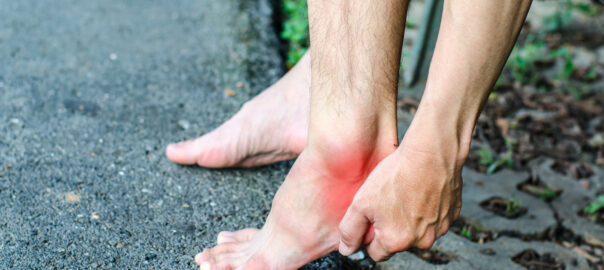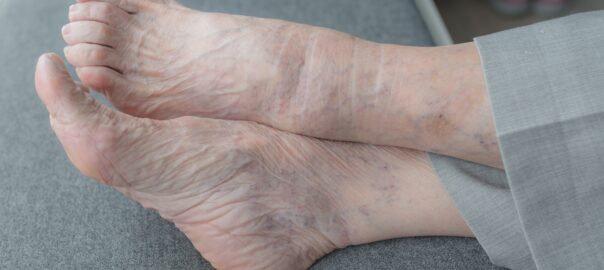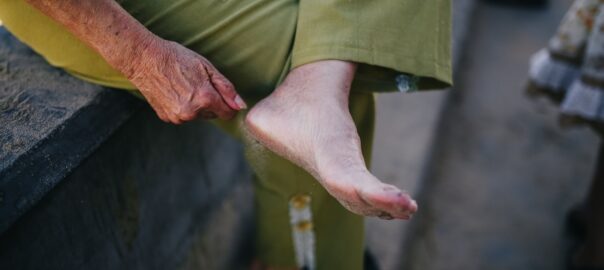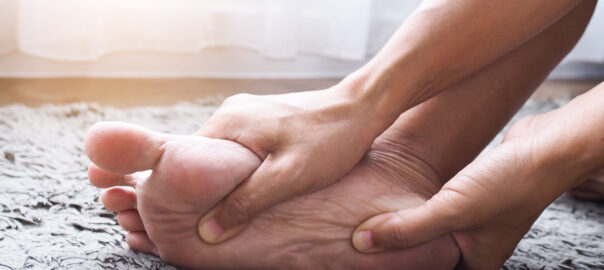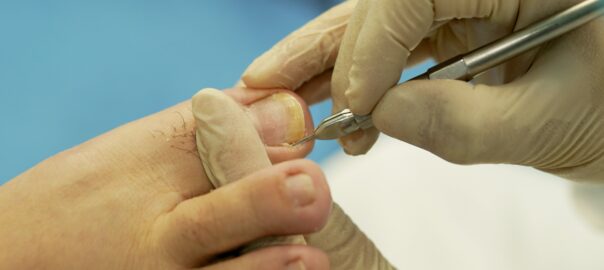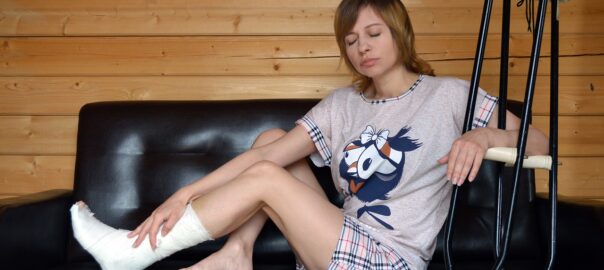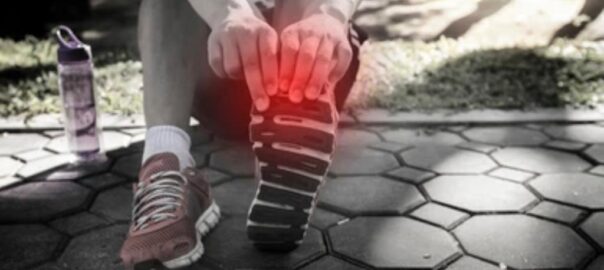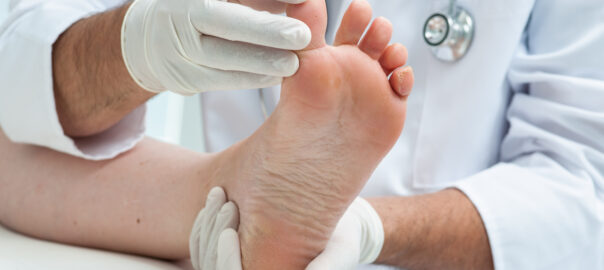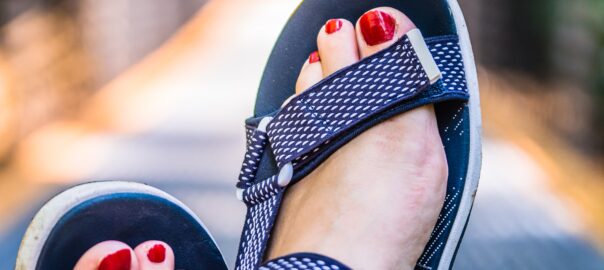When To See a Podiatrist
Podiatrists in Chicago can help treat sprains, strains, and broken bones in the foot or the ankle, as they can diagnose your injury and suggest treatment. If the joints in your feet are often swollen, red, stiff or tender, see a podiatrist.
You should consider seeing a podiatrist, if
- Foot Pain: If you are experiencing persistent pain in your feet or ankles, especially if it’s affecting your daily activities or quality of life, a podiatrist can help diagnose the underlying issue and recommend appropriate treatment.
- Ingrown Toenails: If you have an ingrown toenail that’s causing pain, redness, swelling, or infection, a podiatrist can provide relief and prevent further complications.
- Foot Deformities: If you notice any abnormal growths, deformities, or changes in the shape of your feet or toes, a podiatrist can assess the situation and recommend interventions if necessary.
- Diabetes: People with diabetes are at a higher risk of foot complications due to nerve damage and poor circulation. Regular visits to a podiatrist can help prevent and manage potential issues like diabetic foot ulcers.
- Athletic Injuries: If you’re an athlete and sustain foot or ankle injuries, a podiatrist can provide specialized care to ensure proper healing and help you get back to your activities as soon as possible.
- Heel Pain: Conditions like plantar fasciitis, which cause heel pain, can be effectively managed by a podiatrist. They can provide treatments to relieve pain and prevent recurrence.
- Arthritis: If you have arthritis that’s affecting your feet or ankles, a podiatrist can help manage the condition and provide recommendations for maintaining mobility and reducing pain.
- Flat Feet or High Arches: If you have flat feet or high arches that are causing discomfort or issues with walking, a podiatrist can offer guidance on appropriate footwear and potential orthotic interventions.
- Nail and Skin Conditions: Podiatrists can treat various nail and skin conditions affecting the feet, such as fungal infections, warts, and calluses.
- Routine Foot Care: Even if you don’t have any specific issues, it’s a good idea to see a podiatrist for routine check-ups, especially if you’re at risk for foot problems due to factors like age, genetics, or lifestyle.
- Preventive Care: If you’re planning to start a new exercise routine, change your footwear, or have concerns about foot health, a podiatrist can provide guidance to prevent potential problems.
Call: 773-205-0106 to schedule an appointment with podiatrist in Chicago.



